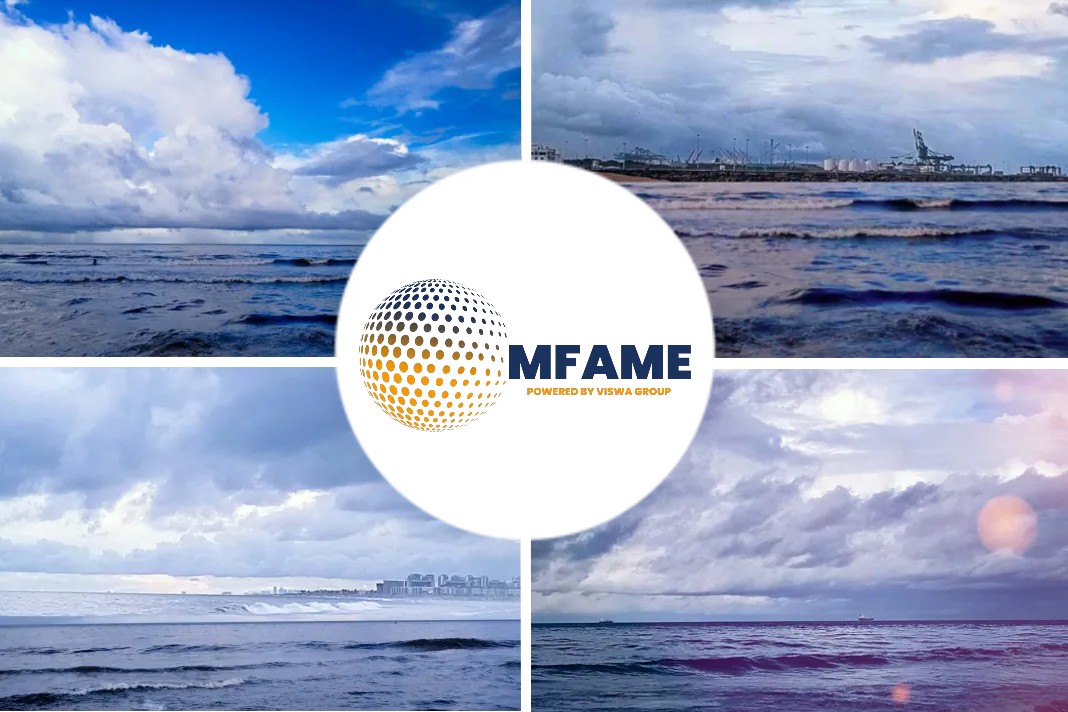- High spot LNG prices do not affect investment decisions
- Scrubber-fitted ships provide the best returns in the current market
The high LNG bunker prices have not forced LNG-dual fuel dry bulk ships to switch to the cheaper very low sulfur fuel oil, regardless of securing lower earnings currently from these vessels, shipping industry sources said March 11, says an article published in S&P Global.
NMAX GT4 Index
The Platts NMAX GT4 Index, a weighted average of time charter equivalent assessments (TCE) of four key routes by Newcastlemax-type ships burning LNG bunkers, had gone into a negative 44,928/d on March 7, according to data from S&P Global Commodity Insights. The delivered price of LNG bunkers in Singapore on the same day was $3,627.624/mt.
The NMAX GT4 Index has since increased to $26,305/d on March 11 following a 67.5% drop in LNG Bunker prices, which was assessed at $1,175.356/mt on March 11.
The TCEs, which reflect the earnings accrued, for Newcastlemax bulkers are assessed using the spot LNG bunker prices and dollar per ton voyage freight rates assessed by Platts on the same day.
No affect on Service ships
The LNG-dual fuel Newcastlemax ships are typically 209,000 dwt-sized tonnage and carry about 20% more cargo than a standard Capesize vessel. Presently there are 20 LNG-powered Newcastlemaxes on order, according to shipping industry executives, with several shipowners telling S&P Global they are considering new orders for this class of LNG-fueled bulkers in the future.
“The negative time charter returns are not going to affect anything for the ships that are in service,” a shipowner source said, adding that head owners, especially, were likely to be insulated from these hikes in energy prices.
Embracing alternative fuels
According to the source, the short-term increase in energy prices were unlikely to affect longstanding investments in dual fuel ships. “The forward energy prices are indeed in backwardation and investments like these will still make sense,” the source said.
There is a growing effort by the shipping industry to embrace alternative fuels to reduce greenhouse gas, or GHG, emissions, and LNG bunkers is one of them.
According to a study commissioned by industry coalition SEA/LNG and the Society for Gas as a Marine Fuel (SGMF), using LNG as a marine fuel could help cut GHG emissions by 21% compared with oil-based marine fuels over the entire life cycle of a commodity cargo. The use of LNG curtails pollutants such as sulfur oxide (SOx), nitrogen oxide (NOx), and particulate matters.
VLSFO and LSMGO
As the LNG bunker prices were surging, there were talks of some LNG-dual fuel ships shifting to conventional fuels such as 0.5% marine fuel, also known as Very Low Sulfur Fuel Oil (VLSFO), and Low Sulfur Marine Gasoil (LSMGO).
Meanwhile, scrubber-fitted ships burning 3.5% sulfur fuel oil provide the highest time charter returns in the current fuel price environment, given the wide discount for the high sulfur grade fuel compared with VLSFO and LNG bunkers.
The Platts Capesize Scrubber Premium Index, which shows the premium a scrubber-fitted ship can earn on the day compared with vessels burning 0.5% sulfur bunker fuel, reached $9,643/d on March 9, the highest since Jan. 21, 2020, which was at $9,757/d.
Given the current spread between 0.5%S and 3.5%S fuel oil prices, scrubber-fitted ships are looking at the longest possible sea voyages that they can perform to maximize their earnings, a ship chartering source with a mining company said.
Did you subscribe to our daily Newsletter?
It’s Free! Click here to Subscribe
Source: S&P Global



























